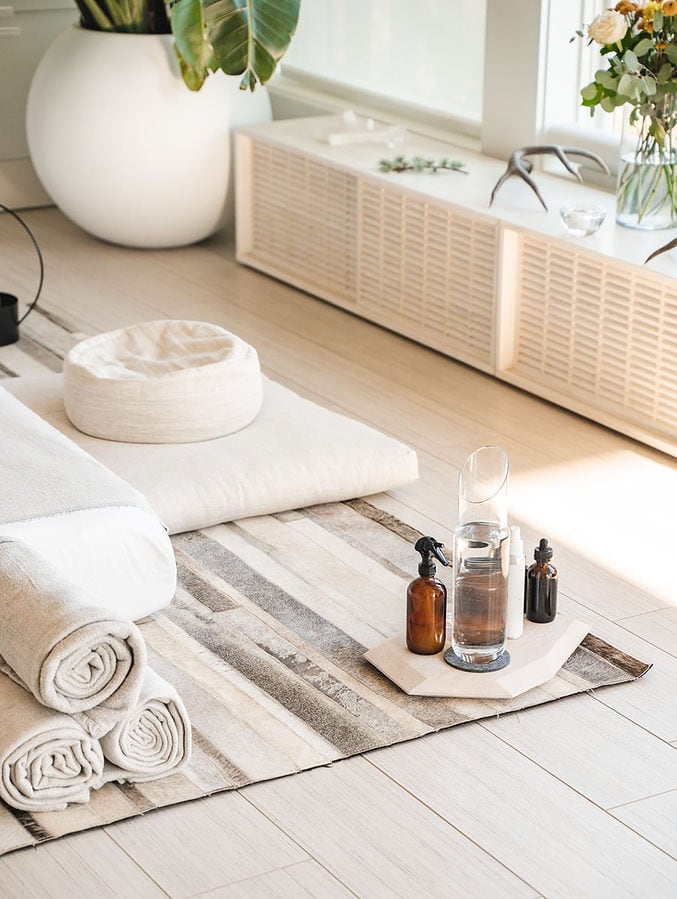Learn
Optimizing Sleep: Creating a Wind-Down Routine
Learn how to harness the power of a wind-down routine to optimize sleep.

This content comes from the Nature of Work Foundations Program.
A wind-down routine is similar to a morning routine in that it’s about getting present, quieting the mind, and removing technology as you’re approaching bedtime. When you have a consistent wind-down routine, it also creates a mental pattern that signals your brain it’s time to sleep.
Your wind-down routine will have the most benefit if it starts 30-60 minutes before your scheduled sleep time. If you have trouble remembering to start your wind-down routine, set a recurring alarm on your phone to remind you or get fancy and put your lights on timed dimmers.
Your wind-down routine can include any number of activities. It should not include any technology, work, or television. All of these things expose you to a lot of blue light which tricks your system into thinking that it should stay awake. Beyond the light exposure, work, television, and most things on the internet are stimulating for your mind and nervous system.
In order to have the best chance of falling asleep quickly or consistently, your bed needs to be reserved for sleep, reading, and sex. If you want to watch a movie or TV, do it from your couch. Don’t work in bed. This advice is based on the science of neural triggering which we’ve talked about in other modules. You want your brain to associate your bed with sleep as much as possible.
I have a strict rule about no Netflix, computers, or phones near my bed and it’s made a huge difference.
Your wind-down might include any of the following activities listed below. It doesn’t need to be complicated, just consistent. The more consistent you are with your routine, the more it will trigger your brain that it’s time for sleep.
- Dim the lights / light candles — We’ve already discussed the impact that light has on our circadian rhythm. Start your routine by dimming or reducing the lights in your home or perhaps light some candles. You could also put on some relaxing music that calms you down.
- A hot bath or shower — When you take a warm bath, shower, or sauna, blood rushes to your skin and extremities. When you step out, the heat is dispelled from your body which cools your core temperature and signals to your body that it’s time to sleep.
- Prep for tomorrow — Minimizing decision making in the morning is a great technique to improve your cognitive energy throughout the day. Pick out your outfit, pack your bag, make your lunch, or do whatever else you can to prep for the day. You’ll sleep well knowing you’re all set up for a successful tomorrow.
- Light stretching/yoga — A short stretching routine is great for your body and will help you focus on your breathing. Use the videos we provided in Module 1. They work just as well at night as in the morning.
- Drink tea — There are lots of beautiful, non-caffeinated teas that are delicious and calming.
- Read a book — Novels get more points than business books in terms of relaxing your brain, but whatever floats your boat. Paper or kindle only. No iPads or bright screens.
- Meditate — The evening is a great time to meditate and clear your mind of the day’s events. Again, the meditations we provided in Module 1 work just as well in the evening. We’ve also created a specific sleep meditation that is guaranteed to put you to sleep. It was actually really hard to record and edit because it kept making everyone drowsy.
- Deep breathing — Spend a couple of minutes in bed focusing on your breath and practice the 4-7-8 technique to calm the nervous system. That’s an inhale for a count of four, hold for seven, and exhale for a count of eight.









